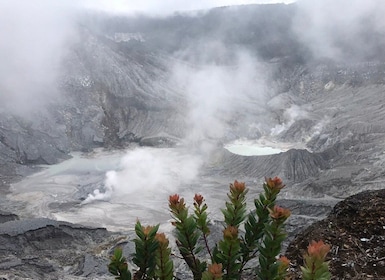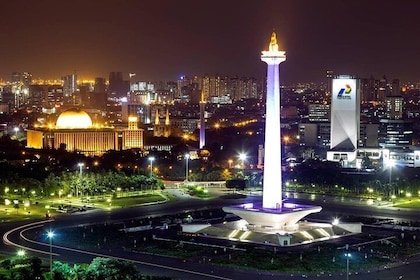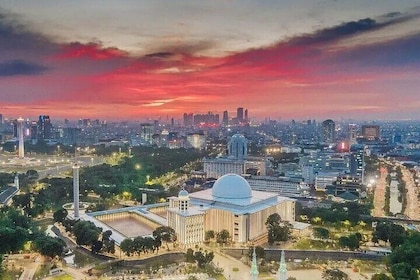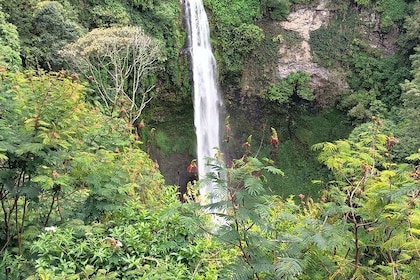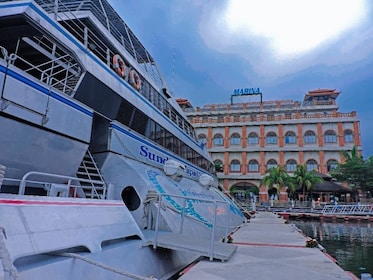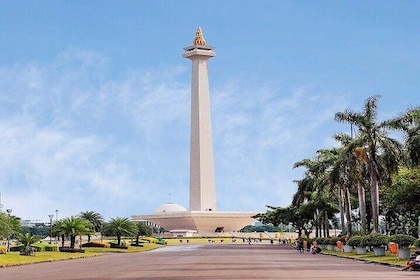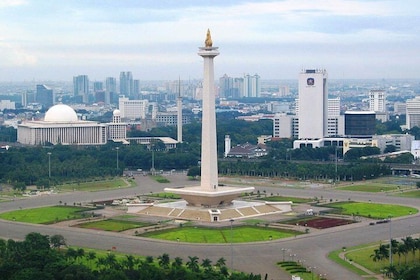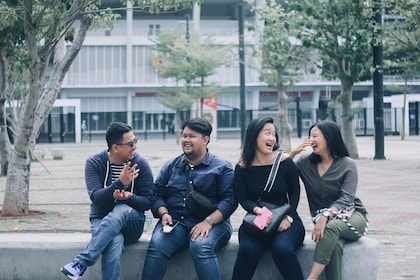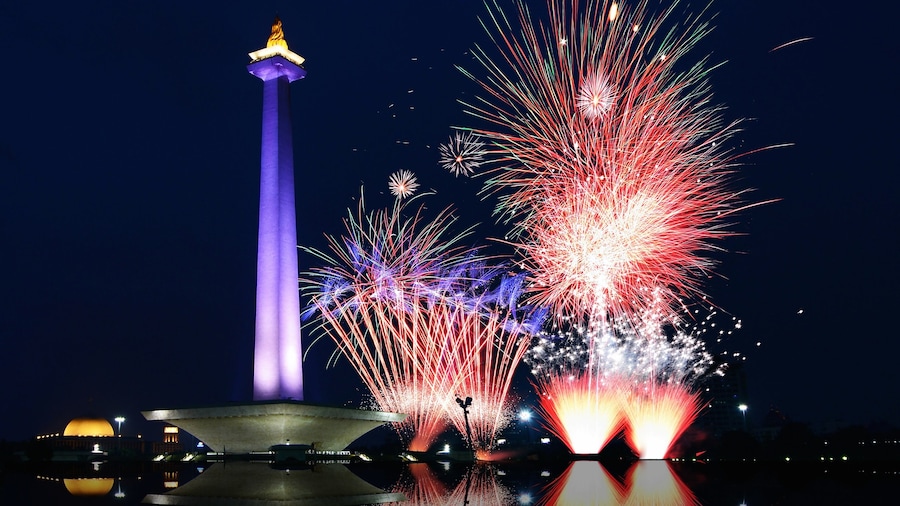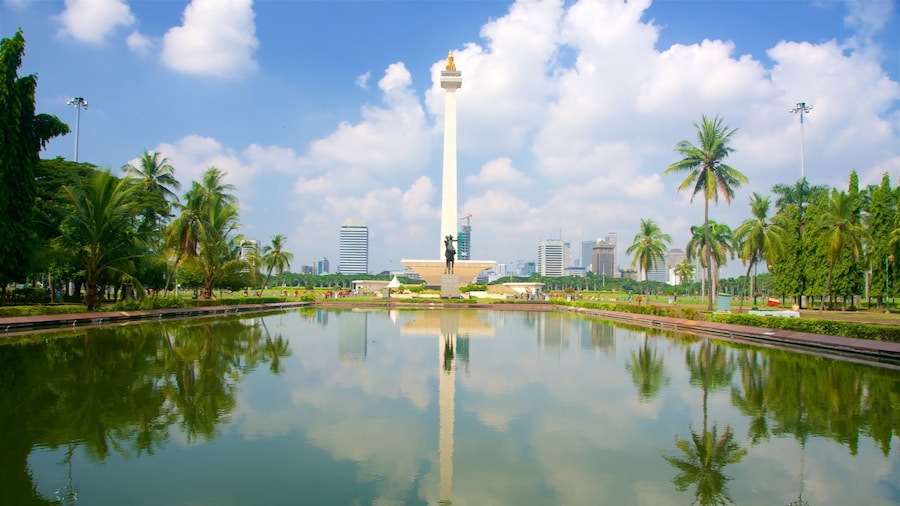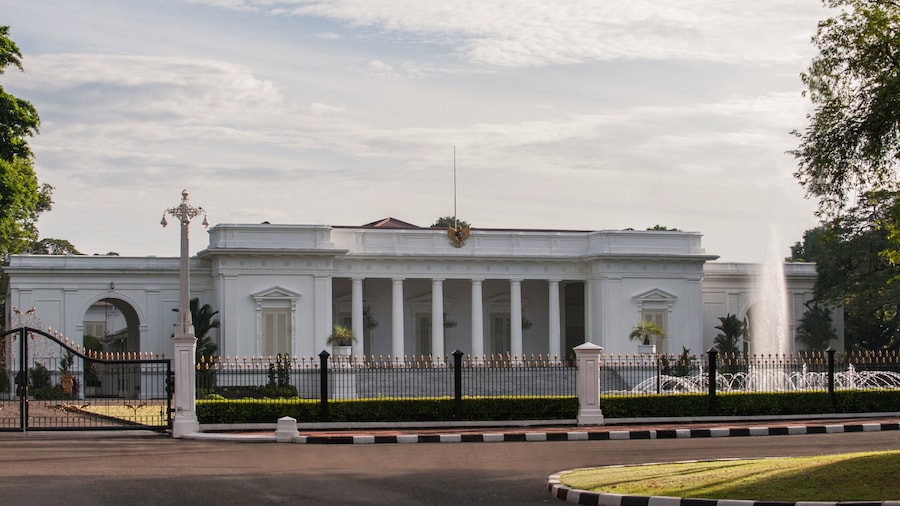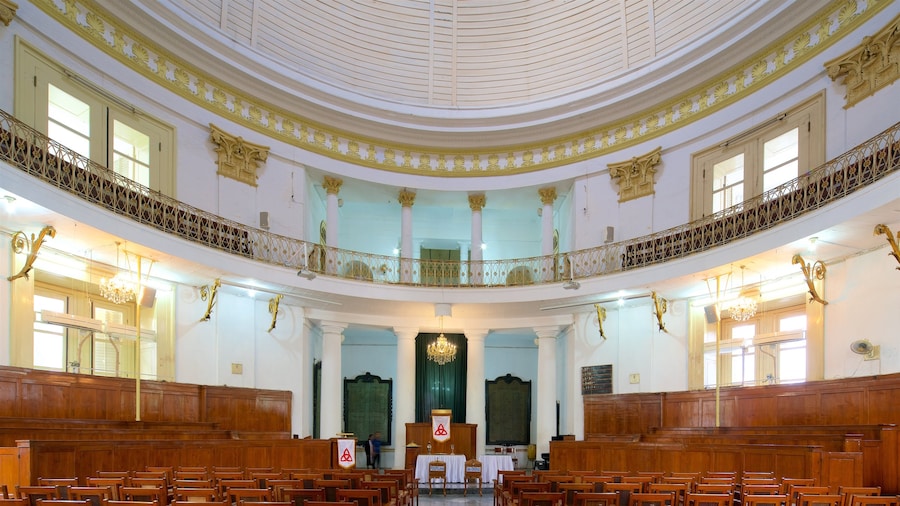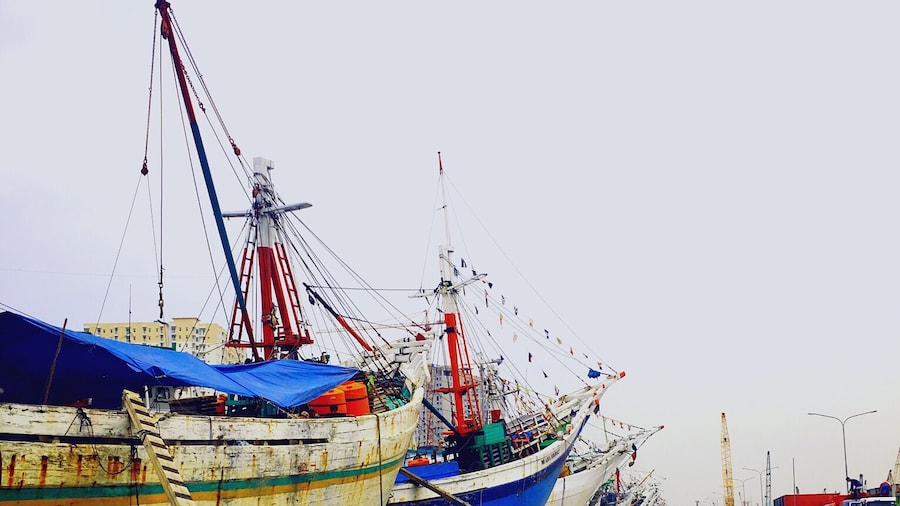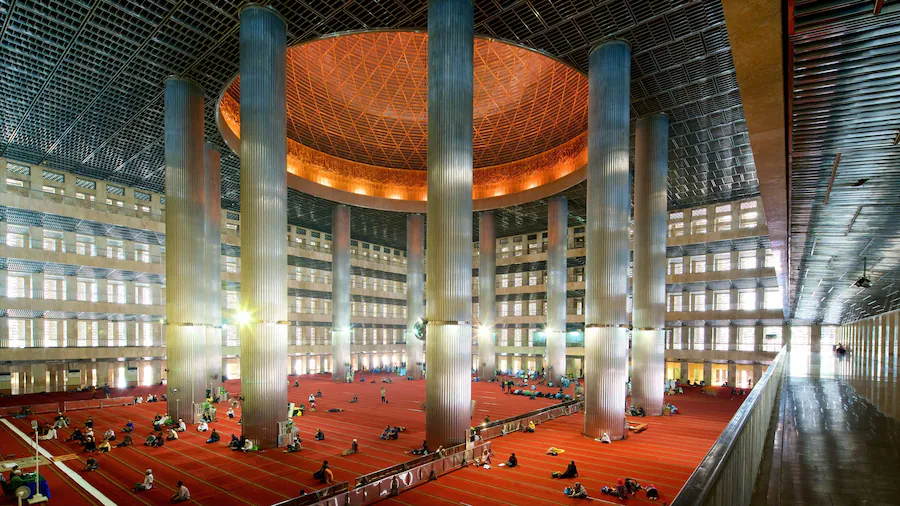Discover the geographical factors that have shaped the country and explore vast collections of traditional, native artifacts at the National Museum of Indonesia. Learn about the years of Dutch colonial rule and admire the sleek architecture of one of the finest buildings they left behind.
The National Museum of Indonesia dates back to 1862 and houses a collection of approximately 140,000 objects. The structure is considered to be one of Jakarta’s best examples of neoclassical architecture. In 2007, a second hall was added, allowing more of the museum’s extensive collection to be enjoyed. The building lies close to the imposing National Monument, and is known locally as the Elephant Museum because of the giant bronze sculpture that stands in the courtyard.
Step inside the original part of the museum, the Gajah (Elephant) building, and you will find various exhibitions documenting Dutch colonization in Indonesia. Pieces obtained through military and scientific expeditions shed light on the years of foreign rule and its impact. Be sure to take a walk through the open courtyard to see an amazing selection of statues. Pride of place is a 15-foot (4.5-meter) stone work of a Bhairawa king from Sumatra walking on human skulls.
Learn about the first humans to live in Indonesia when you head to the Arca building. Here you can explore several floors of detailed exhibits showing how Indonesia evolved in pre-historical times. Don’t miss the model of Flores Hobbit, a reconstruction of what scientists think an ancient human species looked like. The average individual stood at just 3.5 feet (1 meter) tall.
The National Museum of Indonesia is located close to the center of Jakarta. The Monas Busway is just a short walk away. Free guided tours in English are run by the Indonesia Heritage Society and take place throughout the week. These tours can also be organized privately.





